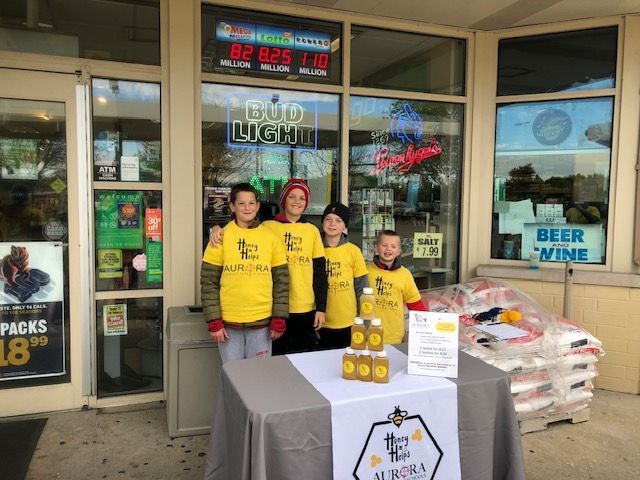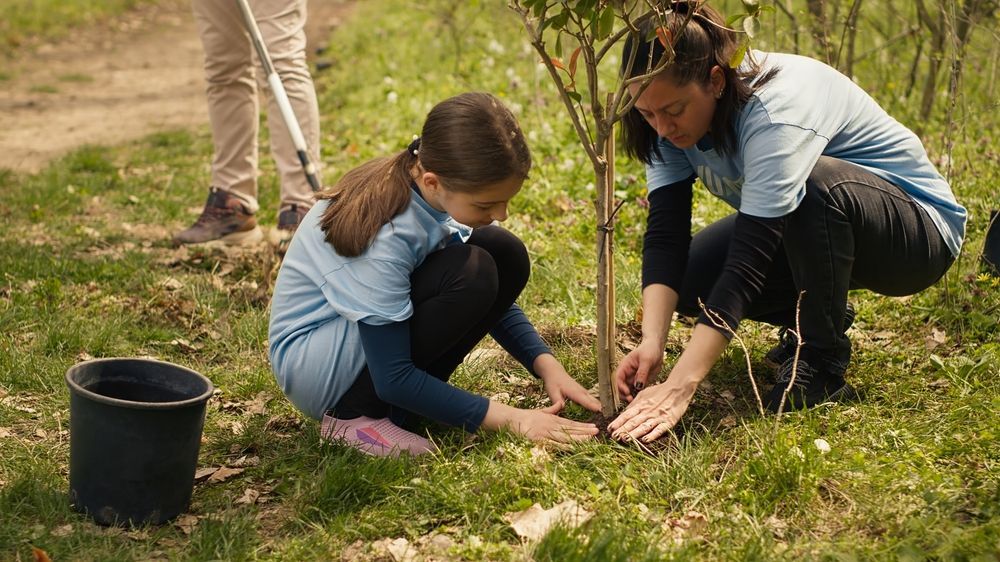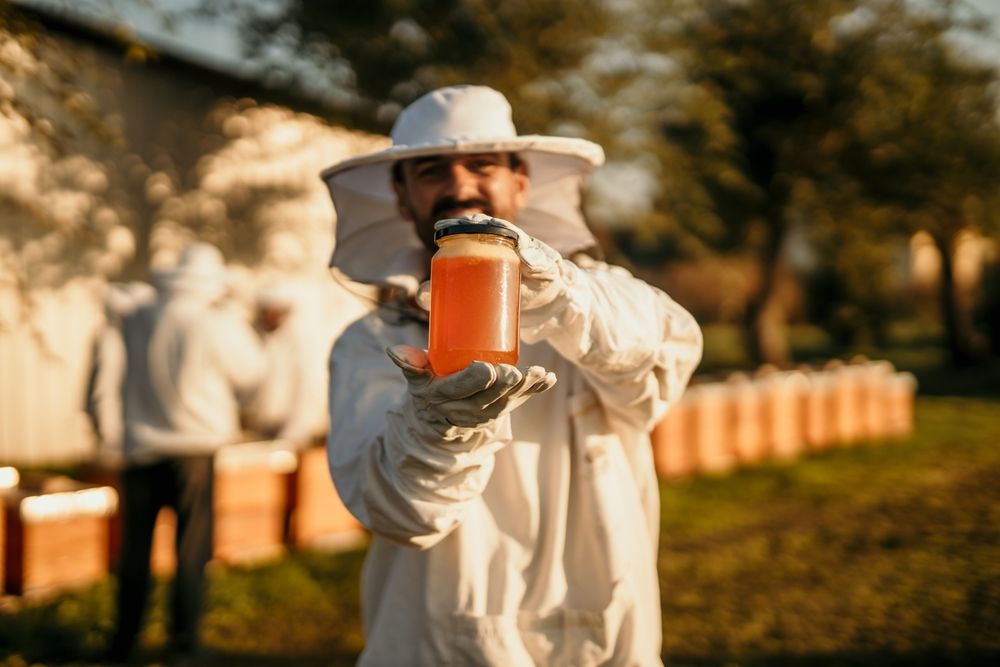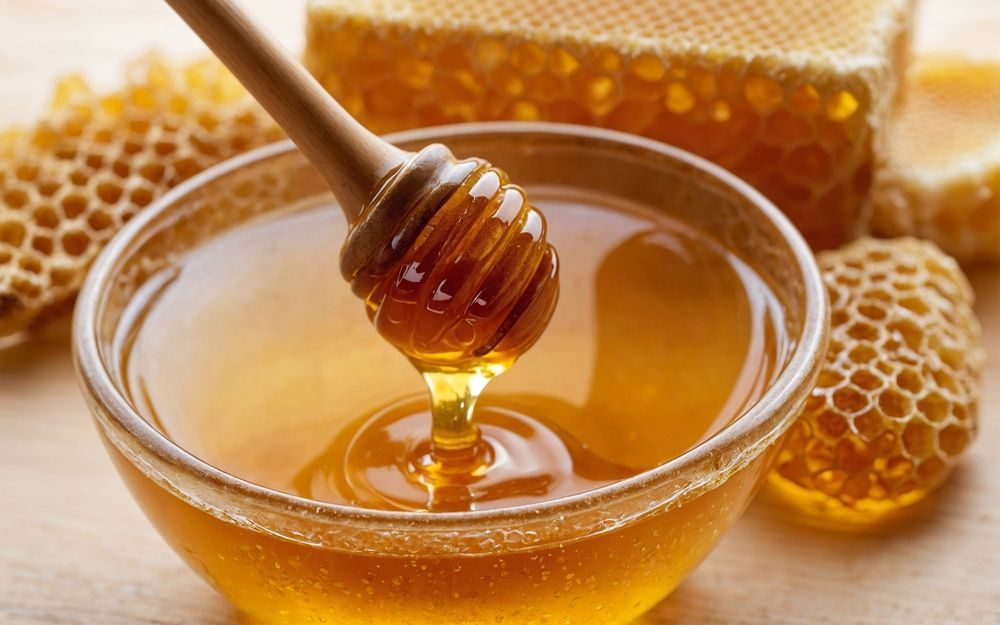Share this Article:
Fundraising has always been at the heart of schools, churches, and nonprofits. Whether supporting a mission trip, funding new equipment, or helping a local cause, organizations rely on fundraising to make things happen.
For years, traditional fundraising was the go-to method—think bake sales, in-person events, and product fundraisers. But with the rise of technology, digital fundraising has taken center stage, offering new ways to engage supporters and collect monies from purchases and donations.
So, which method is better? The truth is, both have their strengths. Understanding the differences can help you decide which approach—or combination of approaches—works best for your organization.

What Is Traditional Fundraising?
Traditional fundraising relies on in-person interactions and community involvement to raise money. Many organizations still use these methods because they create strong personal connections and bring people together for a shared cause.
Common examples of traditional fundraising include:
- Product fundraisers – Selling honey, cookie dough, popcorn, or coupon books.
- Community events – Hosting galas, auctions, fun runs, or trivia nights.
- Peer-to-peer campaigns – Participants both selling and collecting donations door-to-door.
- Mail and phone campaigns – Sending donation appeals through letters or phone calls.
One of the biggest advantages of traditional fundraising is engagement. Face-to-face interactions help build trust, and events create a sense of community. Supporters feel more connected when they see the impact of their contributions firsthand.
However, traditional fundraising comes with challenges. Organizing in-person events can be time-consuming and expensive, especially when factoring in venue costs, printed materials, and volunteer coordination. It also has geographic limitations—fundraising efforts typically only reach people within a specific area.
What Is Digital Fundraising?
Digital fundraising uses online tools and technology to raise money. Unlike traditional methods, which rely on physical participation, digital campaigns allow supporters to participate from anywhere, at any time.
- Some of the most effective digital fundraising strategies include:
- Online sales pages – Custom fundraising websites where people can make purchases and donations instantly.
- Social media campaigns – Using Facebook, Instagram, and other platforms to share participation and donation links.
- Peer-to-peer fundraising – Participants create personal fundraising pages and share them with their networks.
- Email and text campaigns – Sending participation and donation appeals through email or text messages.
- Crowdfunding – Raising funds through platforms that allow large groups of people to contribute.
One of the biggest benefits of digital fundraising is reach. Unlike traditional fundraising, which is often limited to a local community, digital efforts can attract supporters nationwide—or even globally.
It’s also cost-effective. Online campaigns eliminate many of the expenses associated with in-person events, such as venue fees, supplies, and promotional materials. Additionally, digital fundraising platforms provide real-time tracking, allowing organizations to monitor financial progress, identify trends, and adjust strategies accordingly.
That said, digital fundraising isn’t without challenges. Some donors, especially older generations, may be less comfortable giving online. It can also feel less personal, as it lacks the face-to-face interaction that traditional fundraising offers. Additionally, because so many organizations are competing for attention online, standing out requires strong messaging and strategic promotion.
Pros and Cons of Each Approach
Both traditional and digital fundraising have strengths and weaknesses. The best choice depends on your organization’s goals, audience, and resources.
Traditional Fundraising Pros
- Builds personal connections through face-to-face interactions.
- Engages the local community and strengthens relationships.
- Provides hands-on experience, making customers and donors feel more involved.
Digital Fundraising Pros
- Expands your reach beyond local supporters, bringing in customers and donations from anywhere.
- Reduces costs by eliminating expenses for venues, supplies, and printed materials.
- Allows for instant purchases and giving, making it easier for supporters to participate.
- Provides real-time tracking, helping organizations adjust strategies as needed.
Traditional Fundraising Cons
- Requires more time and effort to organize events and coordinate volunteers.
- Can be expensive due to venue rentals, materials, and logistics.
- Has limited reach, mostly targeting a specific geographic area.
Digital Fundraising Cons
- Lacks personal interaction, which can make customer and donor engagement more challenging.
- Requires strong online promotion to stand out among other campaigns.
- Some supporters may be less comfortable with digital giving methods.
Which Fundraising Method Is Right for You?
Deciding between traditional and digital fundraising depends on several factors, including your audience, budget, and the type of campaign you want to run.
If your supporters prefer in-person interaction and enjoy community-driven events, traditional fundraising may be the best fit. Schools, churches, and small local groups often thrive with this approach because it fosters personal relationships and direct involvement.
On the other hand, if your goal is to expand your reach and simplify participation, digital fundraising offers unmatched convenience and efficiency. Nonprofits and larger organizations often see success with online campaigns because they allow for broader outreach and easier customer and donor engagement.
For many organizations, a hybrid approach works best. Combining traditional and digital strategies allows you to engage local supporters while also reaching new customers and donors online. For example, you could:
- Host a live fundraising event but also set up an online sales page for those who can’t attend.
- Sell fundraising products in person while also offering an option to purchase online.
- Run a peer-to-peer campaign where supporters collect monies from purchases and donations both in person and through social media.
By using both methods, organizations can maximize their impact and create a well-rounded fundraising strategy.
How Honey Helps Makes Fundraising Easier
Whether you’re focused on traditional fundraising, digital fundraising, or a mix of both, Honey Helps provides the tools to make your campaign a success. Our fundraising app simplifies campaign management, allowing organizations to track sales, monitor participant progress, and retain customer and donor information for future efforts.
With Honey Helps, you can:
- Track purchases and donations in real time, so you always know how your campaign is performing.
- Help participants stay engaged with easy-to-use fundraising tools.
- A healthier, long-lasting fundraising product alternative.
- Store customer information for future fundraisers, making repeat campaigns even easier.
- Enjoy a 50% profit margin and keep 100% of all proceeds from donations, ensuring your efforts bring in the most funds possible.
For organizations looking to combine traditional and digital fundraising, our platform makes it easy to run a successful hybrid campaign. Whether supporters prefer purchasing and donating online or purchasing a product in person, Honey Helps ensures a seamless experience from start to finish.
If you’re looking for a hassle-free, high-profit fundraising solution, sign up with Honey Helps today and take the stress out of your next campaign.













